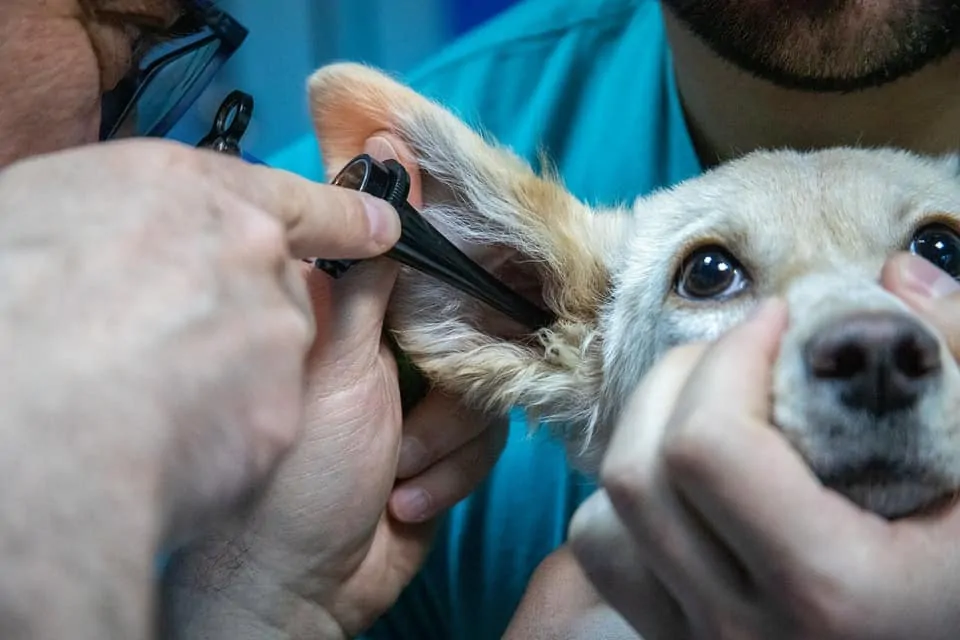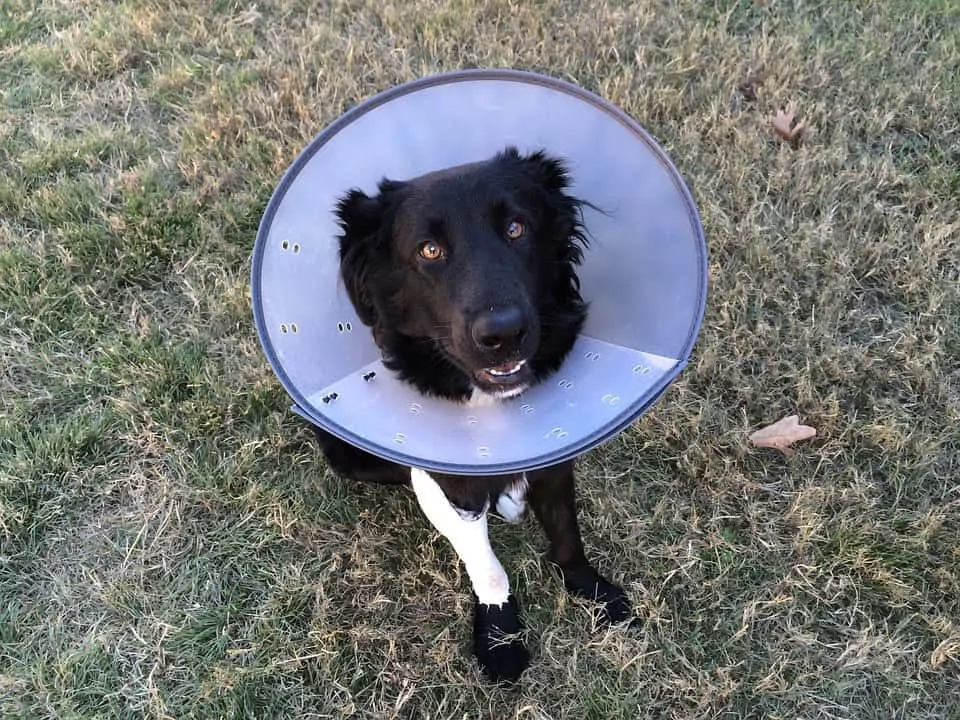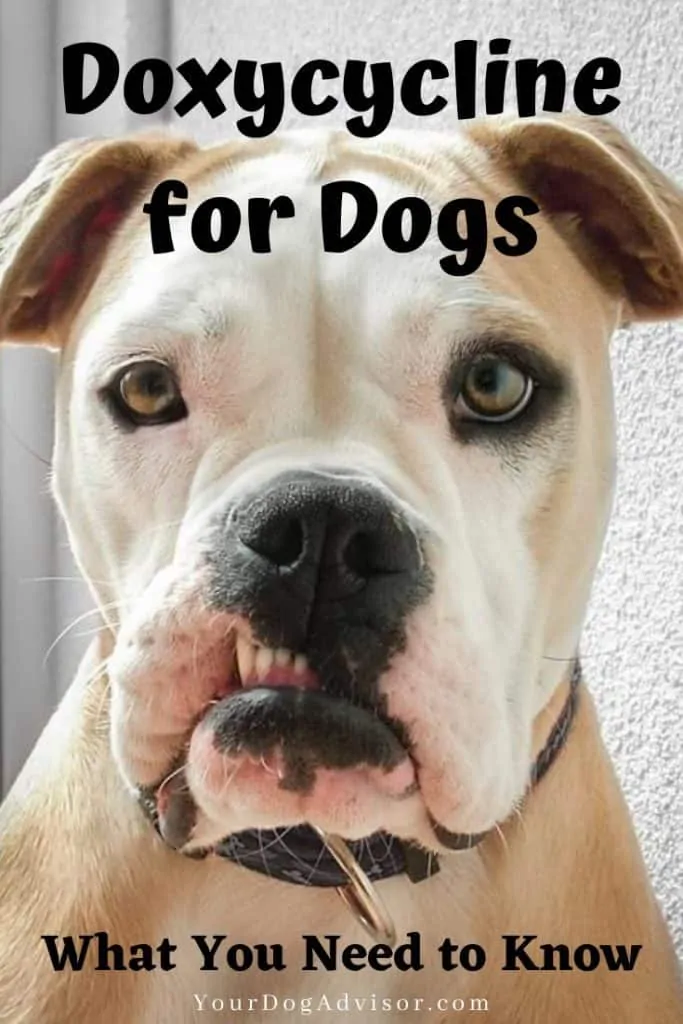If you’ve had dogs or other small animals sharing your household for any significant amount of time, odds are, one of them has been prescribed doxycycline at some point in their lives.
This common antibiotic is effective against a wide range of pathogens, making it a go-to for many vets.
Still, even though this drug is a staple in veterinary medicine, it is a good idea to understand what doxycycline is, when it is effective, and how to administer it.
Here is everything you need to know about doxycycline for dogs.
Contents
What is Doxycycline?
This broad-spectrum antibiotic belongs to a family of antibiotics called tetracycline. These types of antibiotics work by inhibiting protein synthesis within specific organisms. They also change the cytoplasmic membrane, making the organism more permeable and easier to kill.
The drug itself is made from both naturally occurring sources and synthetic chemicals. It is sold under many brand names including Monodox, Oracea, Periostat, and Doryx.
In addition to use in canines, this drug is also commonly prescribed for other small animals, including cats, and for humans.
There are a number of reasons your vet may prescribe your dog an antibiotic. These meds are often given as a preventative after surgery or injuries, or to treat infections on the skin or inside the body.
What is Doxycycline Used for in Dogs?
Because it is a broad-spectrum antibiotic, doxycycline can be used for a number of different infections.
Some of its most common uses in dogs include:
- Leptospirosis
- Infections and wounds
- Respiratory infections
- Blood-borne illnesses
- Rocky Mountain spotted fever
- Lyme disease
- Anaplastic
- Heartworm disease
- Urinary tract infections
- Periodontal disease
Some antibiotics have very specific uses and may be safer or more effective than doxycycline for certain infections. Always consult with your vet before starting any antibiotic treatments for your pup.
This drug does not offer protection or treatment for viral infections. However, some viral infections put dogs at an increased risk for secondary bacterial infections, in which case antibiotics may be prescribed as a preventative measure.
Does Doxycycline have Side Effects?
In general, this common drug is well tolerated. Some dogs will experience digestive upset, including vomiting and diarrhea when they first start taking the medication. To help avoid this complication, it may be helpful to give your dog this drug right after they eat a meal.
Some dogs may lose their appetite while taking doxycycline. It is also not uncommon for some dogs to show elevated liver enzymes during routine blood work. Many pets will become sensitive to the sun while taking antibiotics. Applying sunscreen to hairless areas before going out can help prevent sunburn.
More serious, but far less common, side effects include liver failure, seizures, changes in behavior, bleeding, trouble swallowing, and long-term digestive upset.
If your dog experiences any of these symptoms, it is best to talk to your vet right away as you may need to discontinue use of the medication.
It is important that your vet gives your dog a thorough check-up before you give them any antibiotics. Some drugs are better suited for certain infections than others. And some infections, such as viral infections, are not treatable with antibiotics.
Doxycycline Dose and How to Give Doxycycline to Dogs
In general, the dose of this antibiotic for dogs is 5-10mg/kg. This dose is usually split into two and given about 12 hours apart. Of course, this dose may change based on the infection and your dog’s health, so always defer to what your vet prescribes.
As with all antibiotics, it is especially important that you do not stop giving the drug until your dog has run through the full course (unless your vet recommends you stop due to severe reactions).
Stopping prematurely can cause drug-resistant bacteria to propagate, leading to future infections that can be very difficult to treat. Some drug-resistant bacteria can also spread to other dogs and even humans, causing even more problems in the future.
It is recommended to give doxycycline after your dog has eaten to avoid stomach upset. For most dogs, hiding the pill in a little bit of peanut butter or a pill-pocket treat will be enough to get them to eat it. Just avoid using cheese or anything high in calcium or iron, as these nutrients can prevent proper absorption of the medication.
If your dog will not eat the pill when hidden in food, you will likely have to pill them. Tilt your dog’s head back and set the pill as far back on their tongue as you can. Then close their muzzle and gently massage their throat until they swallow.
This drug typically comes in tablet or capsule form, but may also be prescribed in liquid form, which may be easier to give to especially stubborn dogs.
In addition to antibiotics, taking care of your dog’s infection will also likely require a little TLC. Wounds and skin infections will need to be cleaned and cones are often necessary to keep your pup from chewing on injuries as they heal.
Precautions and Contraindications of Doxycycline Use
While generally regarded as safe, there are some precautions you should be aware of before you give your dog this drug.
Drug Interactions
Doxycycline is known to negatively interact with a number of common doggy medications. If your pet is on any of these drugs, make sure to mention it to your vet.
Known drug interactions:
- Iron supplements
- Bismuths/antacids
- Kaolin
- Pectin
- Bactericidal antibiotics
- Anticoagulants
- Seizure medications/phenobarbital
In some cases, the reaction between drugs is minor, and treating the infection may be more important. In others, changes will need to be made either to the existing medication or to the antibiotic to avoid potential serious side effects.
Contraindications
Tetracyclines are known to cause skeletal limb deformities in unborn puppies and are not recommended for use in pregnant females. There is usually an alternative, safer antibiotic available in these cases, but sometimes the benefits of using doxycycline will outweigh the risks.
It is possible for dogs to be allergic to this drug and caution should be taken in any pet who has shown a history of reactions to antibiotics.
As with all medications, antibiotics have potential side effects. If you are worried about giving your dog any prescription, talk to your vet about what alternatives, if any, may be available. In the end, you’ll have to decide what is the best and safest way to get your dog back to feeling like their old self again.
A Special Note on Gut Bacteria
As with all antibiotics, doxycycline can have a negative impact on the important gut flora in your dog’s intestines. A reduced good bacteria load is associated with health and behavioral problems including allergies, autoimmune conditions, and hyperactivity and obsessive-compulsiveness.
While antibiotics are often necessary, they should not be used in situations in which they are not completely warranted. Some studies have shown that even with probiotic supplementation following antibiotic use, the gut biome may never fully recover. Repeated antibiotic use increases this risk.
If your dog continues to suffer repeat infections, it may be worth talking to your vet about other steps you can take to improve your dog’s health or target the infection before it requires drug intervention.

Jen Jones is a professional dog trainer and behavior specialist with more than 25 years of experience. As the founder of ‘Your Dog Advisor’ and the ‘Canine Connection’ rehabilitation center, she applies a holistic, empathetic approach, aiming to address root causes rather than merely treating symptoms.
Well known for her intuitive and compassionate approach, Jen adopts scientifically-proven, reward-based methods, encouraging positive reinforcement over punishment. Jen specializes in obedience training, behavior modification, and puppy socialization. Her innovative methods, particularly in addressing anxiety and aggression issues, have been widely recognized. Jen has worked with many of the world’s leading dog behaviorists and in her free time volunteers with local animal shelters and rescue groups.




